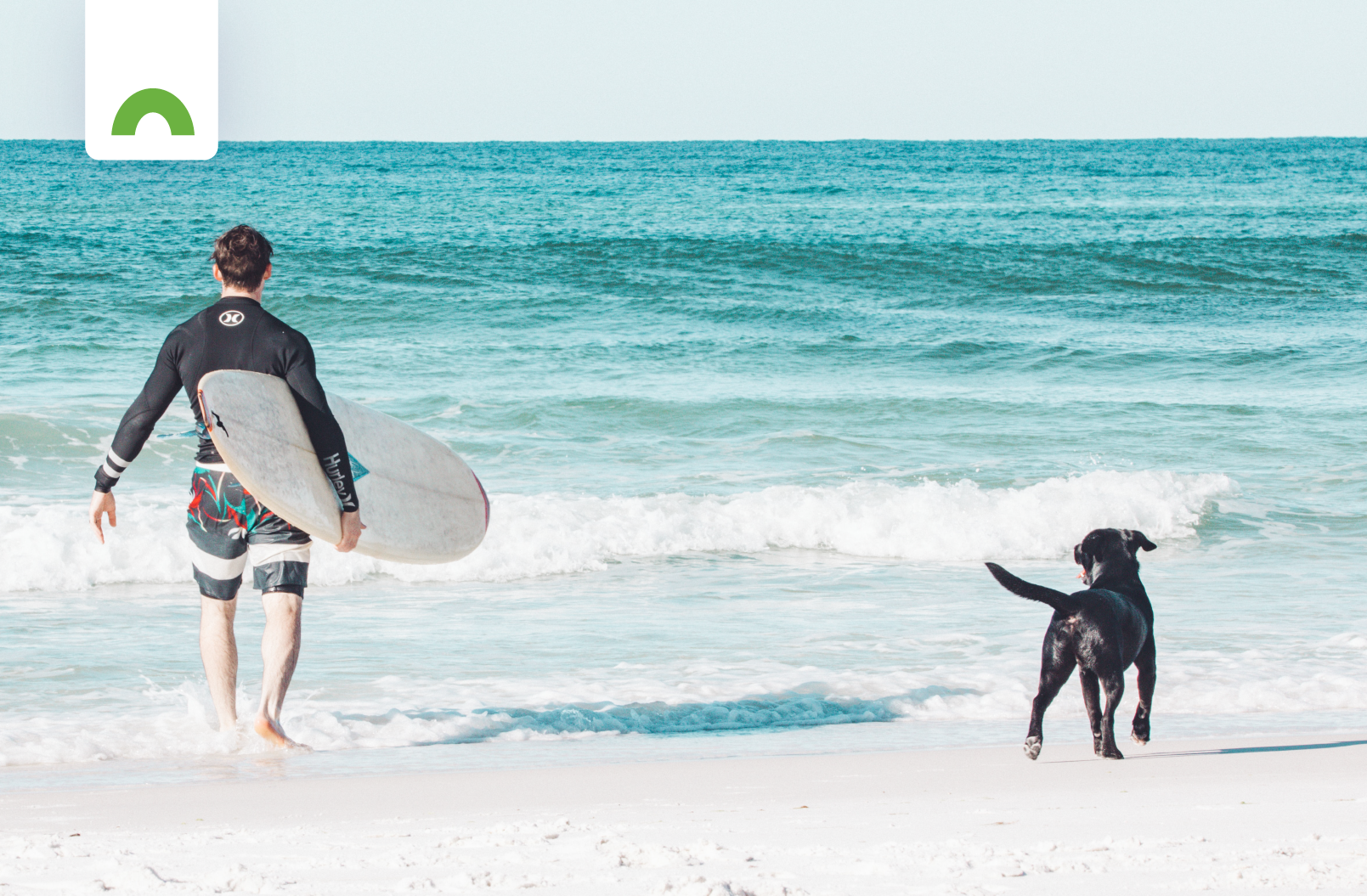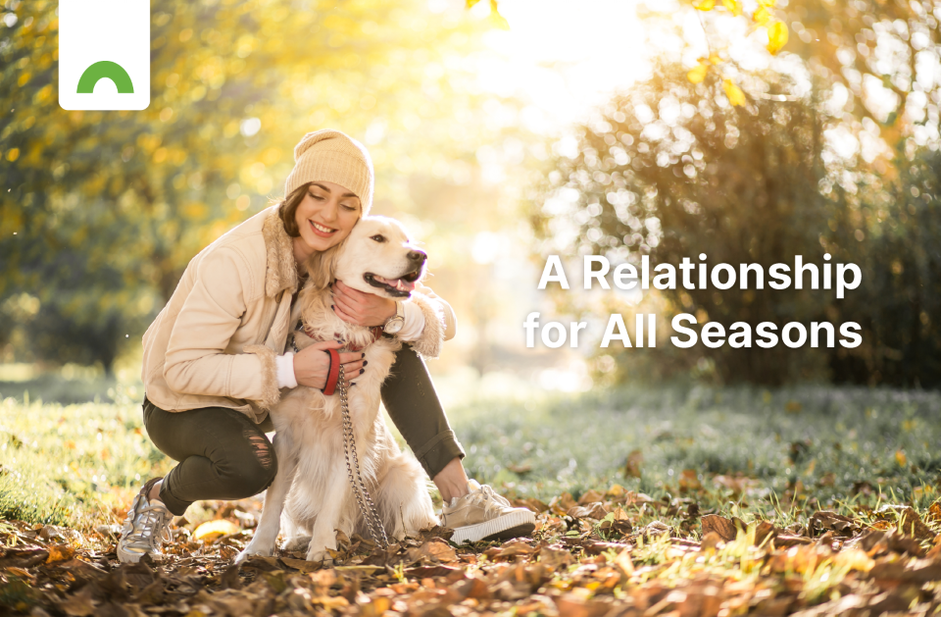Taking a long-term view of business, success lies in the client relationships you build and maintain beyond the first sale.
You can’t touch anyone right now, but you can reach out to your existing clients, and work those relationships. This will never be a self-service industry and you’ll never be replaced by chat bots. You care too much about the well-being of travellers and the trade. But what are you doing to reward your clients for their loyalty? Connect, communicate, and nurture those relationships now to retain their business later.
The way we were
Being as busy as before would be a nice problem to have now. But there’s opportunity in crisis, right? So, do those important things now that you couldn’t get to before. Like harvesting the client data you’ve collected over time. Your CRM, data analytics and digital marketing, organisational and content sharing tools all exist to help cement your client relationships.
 Did you know that paying attention to your customers has an ROI? Whether you’re a travel agent, tour operator, accommodation, restaurant or activity supplier, you’ve probably reached out to your regulars in the past to ask for feedback. Dig deep into customer data and mine that resource in preparation for recovery:
Did you know that paying attention to your customers has an ROI? Whether you’re a travel agent, tour operator, accommodation, restaurant or activity supplier, you’ve probably reached out to your regulars in the past to ask for feedback. Dig deep into customer data and mine that resource in preparation for recovery:
- Check your records for any client reviews submitted after a stay or a trip.
- Enrich your database with everything you learn about their preferences, special requests and important dates. Look for common themes and interests.
- Use this data to create targeted content for your newsletters, blog and social media.
If you service agents or other tour operators, here’s how to spin data straw into gold: take stock of tour products that sell well, and to which markets. Communicate your findings. Share your expertise by sharing your most popular itineraries, and giving them branding options.
If you’re a property, restaurant or activity supplier, your travel agent, operator and DMC clients need your guidance on how to market and sell your products best. Communicate what your facilities are friendly to and what travellers types best match with your products – they need this info to classify their preferred product suppliers, for easy filtering and quick referencing.
Times are a-changing
The pandemic cast a pallor over the travel trade. Some businesses went dormant, while others cut costs and resources to stay afloat. Sustaining your relationships with trade partners can help you consolidate what you know and what you can control. Travellers are understandably jittery – they need some reassurance to alleviate their anxiety. The least they deserve for their loyalty to you, is consistent, empathetic communication. After the dust has settled, your clients will certainly remember how you made them feel.
 Travellers who can’t (or won’t) travel right now probably don’t expect to hear from you since there’s no chance of a sale. Surprise them:
Travellers who can’t (or won’t) travel right now probably don’t expect to hear from you since there’s no chance of a sale. Surprise them:
- Reach out and ask what they worry about; use the opportunity to learn about their changing interests, and to dispel misinformation. Communicate relevant staff changes – if their favourite consultant is unavailable, advise who else they can consult with. Update them on any changes in your operations that affect your usual services, so they always know what to expect.
- Tell them how to contact you – that you’re just a phone call, email, Facebook Messenger, Instagram DM, tweet, WhatsApp, video chat, enquire or book now button away.
- Use your client data to send birthday and anniversary messages, and commemorate previous trips or stays with you.
What they don’t need is salesy emails peddling specials that are irrelevant to them. Also, don’t avoid the subject of COVID-19 like the plague. Let them know you’ve thought about their safety, by providing hands-free options on transfer services, digital room keys, online check-in, etc. Definitely don’t do nothing! Remember: if you don’t take care of your customers, someone else will; and it’s much harder to acquire new customers than keep current ones (and re-sell to them).
If your client is a fellow trade member, they may be feeling disoriented under the circumstances – connect as often as you can and support them as best you can. Share your coping tips and any positive news hinting at travel recovery in your destination. Every act of communication signifies stability and reliability:
- Reach out and check how they’re responding to the changes, if they want to ride out the storm, or look for ways to diversify their business.
- Tell them what’s changing on your end, the impact on your human resources and operations, and what short-term measures you’ve implemented.
- Document and share your COVID-19 action plan as it relates to them, your staff and guests.
Out in the cold
It’s rough out there with few enquiries to quote on. Your trade partners will be looking for ideas to make the most of the quiet time – to upskill and perhaps collaborate on new services. Use this time to communicate what expertise and new experiences you have to offer. You could feature your staff on newsletter and blog posts, share news of sites not yet open to visitors, or do new product reveals and virtual events on Instagram stories and Facebook Live. Show travellers what activities will be available to them – this is welcome relief from the stark landscape of lockdowns, travel restrictions and pandemic fatigue.
 There may be little travel happening, but travellers haven’t stopped dreaming about it. They’re wondering what post-COVID travel will look like, missing their favourite destinations, and probably reminiscing about travels past. Present them with relatable, informative and entertaining content that doesn’t ask them to buy anything, just to engage with it:
There may be little travel happening, but travellers haven’t stopped dreaming about it. They’re wondering what post-COVID travel will look like, missing their favourite destinations, and probably reminiscing about travels past. Present them with relatable, informative and entertaining content that doesn’t ask them to buy anything, just to engage with it:
- Invite them to relive their happy memories, and share pictures and videos from a past trip. Dig out their old itinerary and customise it with their own content: upload one of their pics as the itinerary cover image, and use their anecdotes to put a nostalgic spin on the daily notes. You could do something similar with an iBrochure: get them to send some quality pics of a previous visit, and upload to your content. Send them the link as a keepsake or to share.
- They may not be so clued up with what’s happening in your destination – update them on any new developments and help them feel connected to places and people they had visited.
From down time to the dreaded pivot, there’s no better time to connect and get creative. Reach out to your trade partners at virtual trade shows to share ideas and workshop solutions. You could also host free training webinars or arrange video calls for small groups to help them brush up on product knowledge.
If you manage properties, activities or restaurants, the fact that in-person site inspections are off the menu shouldn’t deter you from reaching out and educating your clients. Maybe your side hustle became a new product, or there are some new crowd-free activities available in your destination. Do a digital show-n-tell to get them up to speed (WetuShare, Facebook Live, or iBrochure come to mind).
Why not pop some fresh content in your next newsletter for some added extra value? Like a restaurant guide for your destination, or an advisory update on visiting local places of interest – present it in an appealing, downloadable infographic.
The rebound relationship
When the tide turns and travel resumes, the brands that will be front of mind are the ones who made the effort to connect, and communicate value. The time will come when your clients need help competing for emerging travel demand. As for the relationships you’ve nurtured during the bad times, those travellers will feel comfortable returning to you in the good times.
 When it’s clear to the traveller that their relationship with you outlived their first trip or visit, it will give you permission to court them and their repeat business. Your relationship becomes a functional business strategy, with client retention and referrals as your reward. Now, reward them right back:
When it’s clear to the traveller that their relationship with you outlived their first trip or visit, it will give you permission to court them and their repeat business. Your relationship becomes a functional business strategy, with client retention and referrals as your reward. Now, reward them right back:
- Less generic, automated mailers; more personal touch.
- Use your client data to serve them better with personalised experiences. If they often travel solo, drop the single supplement from their next quote. Do they always request hard copies of their travel docs? Provide their vouchers, maps, and itinerary in printable format before they even ask.
- Provide unexpected, relevant value, by showing them what they never knew they wanted. If it doesn’t earn you a booking now, it can still get them planning future trips.
The best way to help your clients in the travel trade compete better is to enable them to differentiate their offerings from others that offer similar experiences. Your content as a service will take your relationship to the next level:
- Make it easier for them to expand their markets by offering them your itineraries in multiple languages.
- Give them a competitive edge by customising your itineraries with your own content, showing your unique perspective in a unique template that sets your proposals apart from the rest.
Reach out
Question marks remain on the future of our industry, but you can find certainty in your existing client relationships. Continue to reflect their realities, inform and reassure them sincerely. They will feel rewarded for their loyalty to your brand, and trust that when the time comes, their passion for travel will find a friend in you.


Would you like to share your thoughts?
Your email address will not be published. Required fields are marked *